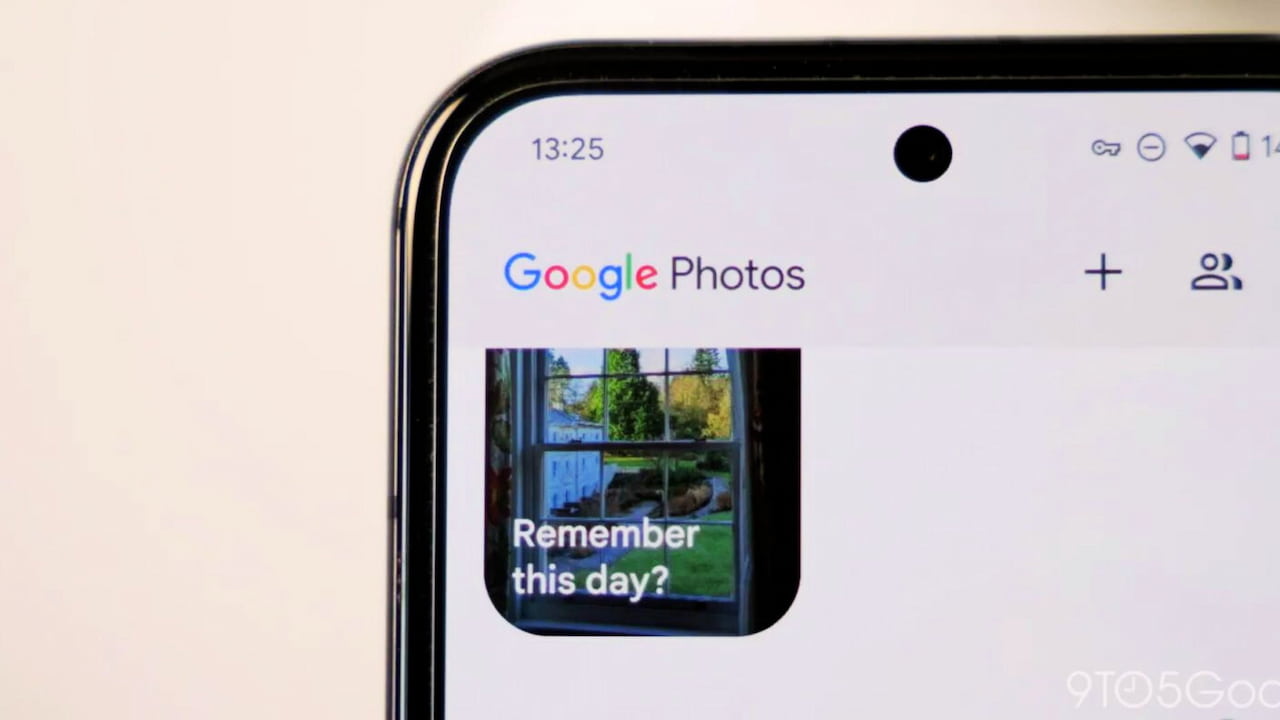Google’s “Ask Photos” Rolls Out: AI Revolutionizes How We Search Our Memories
In a groundbreaking move, Google has begun rolling out its highly anticipated “Ask Photos” feature to select users in the United States. This AI-powered tool leverages Google’s advanced Gemini models and promises to transform how we interact with our digital photo libraries.
The tech giant unveiled “Ask Photos” during its I/O 2024 event in May, generating significant buzz among tech enthusiasts and casual users. After opening a waitlist for early access in September, Google is now granting some lucky users the ability to test drive this innovative feature.
So, what exactly is “Ask Photos,” and how does it work? At its core, this new tool allows users to search their Google Photos library using natural language queries. Gone are the days of scrolling endlessly through your photo collection or relying on vague search terms. With “Ask Photos,” you can now pose complex questions to your photo library and receive surprisingly accurate results.
For instance, you might ask, “Show me all the Halloween costumes my kids have worn over the years,” or “When did my child learn to swim?” The AI analyzes your photos, considering factors like facial recognition, objects, and timestamps to deliver relevant results. It’s like having a personal photo curator at your fingertips.
The “Ask Photos” rollout appears to be happening via a server-side update, meaning it’s not tied to a specific version of the Google Photos app. Users granted access will notice a new tab at the bottom of their Photos app, replacing the traditional “Search” option. Don’t worry – the classic search functionality is still available, but you’ll need to go through “Ask Photos” first.
When users first access the feature, they’ll be guided through a series of prompts explaining how it works and what data it needs to function effectively. This includes reviewing and confirming the names associated with people in your photos and setting relationships for both people and pets. Interestingly, the system prioritizes individuals who appear most frequently in your library.
It’s worth noting that while “Ask Photos” excels at identifying people and places, it may be less effective at identifying events or objects. This limitation is likely to improve as Google refines the technology over time.
Privacy-conscious users will be pleased to know that Google has implemented several safeguards to protect user data. The company assures users that responses generated by “Ask Photos” are not reviewed by humans or used for advertising purposes. Additionally, the data is not used to train generative AI models beyond the Photos app.
The introduction of “Ask Photos” comes when AI-powered features become increasingly prevalent in our digital lives. Apple, Google’s main competitor in the mobile space, is also working on similar functionality for its native Photos app, which is slated for release with the iOS 18.1 update.
As exciting as this new feature is, it’s important to remember that it’s still in its early stages. Users may encounter occasional hiccups or inaccuracies as Google continues to refine the technology. However, the potential for “Ask Photos” to revolutionize how we interact with our digital memories is undeniable.
For those eager to try out “Ask Photos” but haven’t received access yet, don’t lose hope. Google is likely to expand availability in the coming weeks and months. In the meantime, users can still sign up for the waitlist through Google’s website – a process that takes less than a minute to complete.
As we look to the future, it’s clear that AI-powered tools like “Ask Photos” are just the beginning. We can expect to see even more innovative features that blur the line between human intuition and machine intelligence, making our digital lives more seamless and intuitive.
In conclusion, Google’s “Ask Photos” feature represents a significant leap forward in photo organization and retrieval. By harnessing the power of natural language processing and advanced AI models, Google is not just making our photo libraries more accessible – it’s changing how we interact with our digital memories.
As the feature continues to roll out and evolve, it’s sure to become an indispensable tool for anyone looking to maximize their photo collection.
